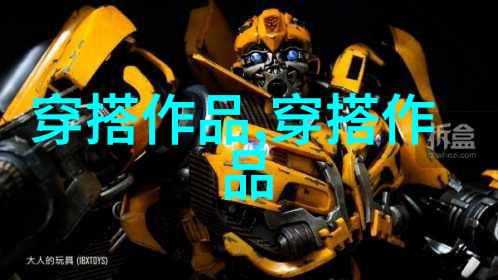Whimsy Vintage A Journey Through the Fascinating
Whimsy & Vintage: A Journey Through the Fascinating World of Retro English

The Birth and Evolution of Retro English
Retro English, also known as vintage or old-fashioned English, has its roots in the early 20th century. It was heavily influenced by Victorian era literature and language, with a focus on ornate vocabulary and poetic expressions.

Key Characteristics of Retro English
One of the most notable aspects of retro English is its use of antiquated words and phrases that have since fallen out of common usage. This includes terms such as "whilst" instead of "while," "thee" instead of "you," and "thou" instead of "you." Additionally, retro English often employs elaborate sentence structures that are reminiscent of Shakespearean plays.

Popular Authors Who Used Retro English
Several authors have made significant contributions to the world of retro English literature. One such author is Lewis Carroll, who used this style in his classic works like Alice's Adventures in Wonderland. Another prominent author is J.R.R Tolkien who employed it extensively in his Middle-earth series.

Challenges Faced by Writers Using Retro English
Writing in retro english can be quite challenging due to its complex syntax and archaic vocabulary. However, many writers find it an exciting challenge to master this unique form or storytelling.

Modern Usage and Revival
Despite being considered an outdated form, there has been a recent resurgence in interest for retro english among modern readers and writers alike. Many contemporary authors now incorporate elements from this style into their work to create a distinct narrative voice.
6 Conclusion - The Enduring Legacy Of RetroEnglish
In conclusion, while some may view retroenglish as obsolete or quaintly antiquated language forms it remains an important partof our literary heritage which continues to captivate audiences today through its unique charmand distinctive character